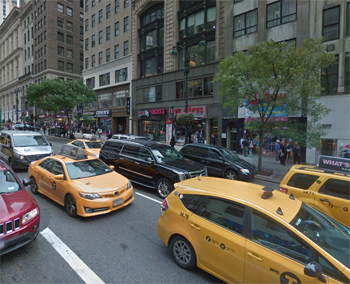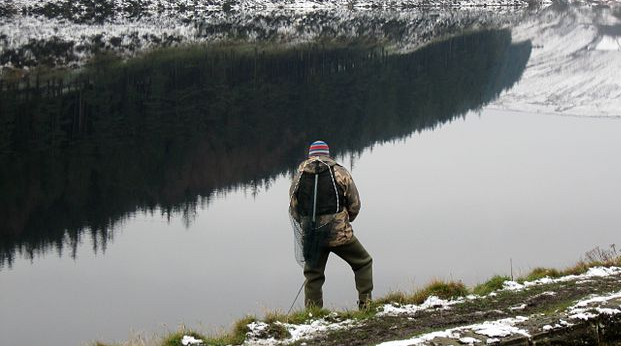Last year in a pre-game interview, a basketball coach from a small western college was asked about his team’s strengths going up against the nation’s number one basketball team, University of North Carolina. After pausing, he said, “Well, we’re small, but we’re slow.” The score, predictable.
Overall, we’re not small or slow
[dropcap]I[/dropcap]n a recent study by the American Sportfishing Association, Alexandria, Virginia, it was discovered that recreational fishing was an economic powerhouse. If a U. S. corporation, it would be listed as 51st in the Fortune 500.
By Forbes’ measure, more than 46 million licensed anglers generate over $48 billion in retail sales with a $115 billion impact on the nation’s economy and create employment for more than 828,000 people.

Urban Angler is a not so typical fly shop – one fly shop in New York City to accommodate 8 million people. Don’t strain to see store front – they are on the 2nd floor. Click to visit website.
However, we the lesser are small but not slow
By comparison, the fly fishing industry part of those calculations only accounts for less than $1 billion impact on the nation’s economy.
In 2012, the fly fishing industry, represented by the American Fly Fishing Trade Association (AFFTA), announced their study conducted by Southwick Associates, Fernandina Beach, Florida. They reported direct retail sales under $800 million. By a comparison, the much troubled Chipotle Mexican Grill restaurant chain recently reported retail sales more than $1 billion.
Who are we, where do we come from, where do we shop, what is it about flies, and what do we 3.8 million fly anglers fish for?
Men 85%
Women15%
Women have grown to represent 25% of the total recreational industry, and that statistic is on the rise.
North Central 8.1%
Northeast 10.9%
South 23.7%
Far West 25%
Rocky Mountain 31.5%
Freshwater 64% (warmwater, includimg bass and carp equaled 17.2)
Saltwater 36%
Fly shops account for 83.3% of all sales. Internet 13.1%, and mail order catalogs accounted for 3.6%.
Flies are the biggest sellers @ 11%, rods 8.3%, reels 6.4%, lines 4.9%, tippet and leader 5.6%, waders 4.5%, fly tying materials 7.8%, soft goods (apparel) accounts for 5.8% (though there are other soft goods categories as well, like vests, packs, etc. Guided trips account for 12.8% in terms of gross sales (not just retailer margin).
Seasonal: January-March, 15.2%; April-June, 29.7%; July-September, 36.3%; and October-December 18.7 percent.
NOTE: Field & Steam reports that there are two types of fly shops. One, those that make most of their money selling flies (usually adjacent to a major river) and two, shops that sell the fly fishing “culture.” Cabela’s, Bass Pro Shops and big box outdoor stores not included in survey.
NOTE 2: 3.8 million fly anglers in the U. S. is an estimate by U.S. Fish & Wildlife Service.
INFORMATION SOURCES:
American Fly Fishing Trade Association . . .




Join the discussion One Comment